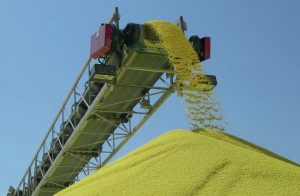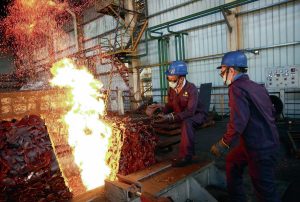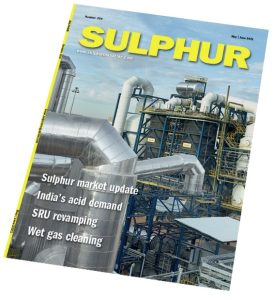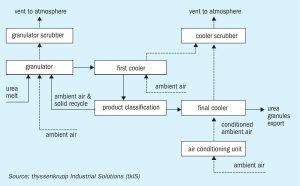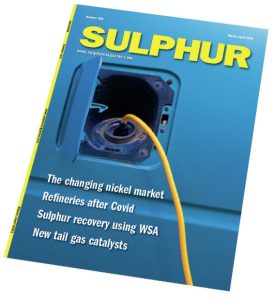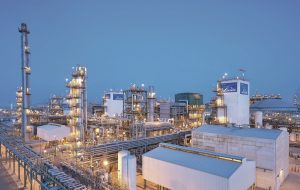
The agronomic advantages of POLY4
Maya Rehill of Anglo American Crop Nutrients discusses the latest crop trial findings for the polyhalite product POLY4 with the company’s regional agronomists. These highly positive trial results add to an already extensive evidence base on POLY4’s crop benefits.


